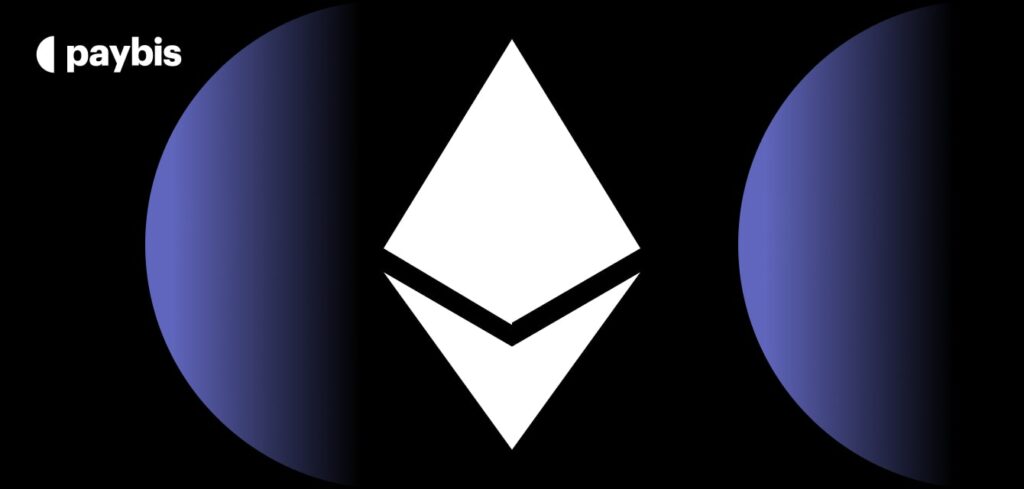Circulating Supply
In the context of cryptocurrencies, the circulating supply is the number of coins or tokens that are circulating in the cryptocurrency market and thus accessible to the public.
The term is often heard in the context of cryptocurrencies and other financial markets. But what is circulating supply and how is it calculated for each cryptocurrency?
What is Circulating Supply?
In the context of cryptocurrencies, the circulating supply is the number of coins or tokens that are circulating in the cryptocurrency market and thus accessible to the public.
How is the Circulating Supply determined?
Over time, the circulating amount of coins for a certain cryptocurrency can increase or decrease.
For example, when talking about Bitcoin, the circulating supply is bound to increase until all 21 million coins are mined and in circulation. This gradual increase of coins is programmed into the Bitcoin network by design, allowing new coins to be created every 10 minutes until the total supply is mined.
On the contrary, cryptocurrencies also implement planned reductions in their circulating supply, to hopefully increase the value and scarcity of their coins or tokens. This is done through what is more commonly known as a coin burn, a process that permanently removes coins from the market at specific timeframes.
One of the most popular examples of this reduction method is BNB, the native cryptocurrency of Binance. The company “burns” a set amount of coins every quarter until they have burned a total of 100.000.000 coins, reducing their total supply in half.
What is the difference between circulating supply and total supply?
The total supply of a cryptocurrency is not the same as the circulating supply. The main difference between the two is that:
- The circulating supply refers to the coins/tokens that are publicly available and trading in the market
- The total supply refers to the total amount of coins/tokens in existence. The total supply can also increase or decrease, depending on several factors.
- Ethereum is a good example of a gradually increasing total supply. The cryptocurrency’s total supply is circulating the market and increasing over time, a practice that causes concerns for inflation. This has led to the suggestion of a fixed supply that could be implemented in the foreseeable future.
- On the contrary, the total supply of coins can also decrease, as is the case with coin burns.
Additionally, one can calculate the total market capitalization of a coin by multiplying a coin’s market price with the number of circulating coins.
For example, if a certain cryptocurrency is traded at $2.00 each, and has a circulating supply of 1 million coins, the total market cap would equal $2 million.
Disclaimer: Don’t invest unless you’re prepared to lose all the money you invest. This is a high‑risk investment and you should not expect to be protected if something goes wrong. Take 2 mins to learn more at: https://go.payb.is/FCA-Info


